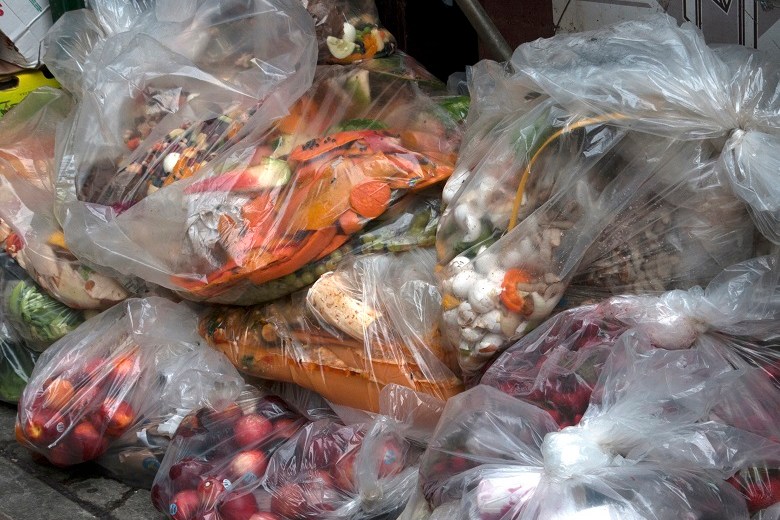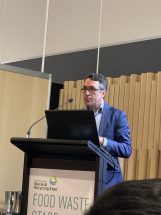
Industry representatives have discussed the challenges and opportunities of improving food packaging during a panel discussion at a waste and recycling forum.
Better packaging can reduce food waste, with consumers throwing away the equivalent of 17,000 Jumbo Jets in food each year and an additional 2.2 million tonnes chucked out by the commercial and industrial sector.

To help address the problem of food waste, the federal government last year launched a national strategy aimed at halving the nation’s food waste by 2030, with one element being promoting the effective use of sustainable packaging.
Role of packaging in reducing waste
Sam Oakden, Manager Food Sustainability of Food Innovation Australia, says it’s important not to walk away from opportunities within the packaging sector.
“The role of packaging in reducing food waste needs to be better understood by our food producers, our packers, our manufacturers, our brand owners and retailers and right across the supply chain,” he told the Waste and Recycling Expo in Sydney on Wednesday.
“The connection between package and design in food waste needs to be discussed far more openly within industry.”
Alan Adams, APAC Sustainability Director of Sealed Air, told delegates that the scale of food waste globally is ‘epic’.
“It’s a huge amount of waste, and it’s probably one of the greatest environmental challenges of our time,” he said.
“It’s not only the food that we don’t use and consume but all the resources wasted going into producing that food.”
“The decomposing food that we don’t eat generates greenhouse gases, another significant environmental challenge.”
Food waste continues to increase
Mr Adams said food waste in the country is growing and a lot of that has to do with lifestyle.
“Today we want to eat whatever we want, wherever we want and whenever we want to, and that’s a far cry from lifestyles in the past,” he said.
“We need to be smart about solutions that can enable that desire to eat whatever we want, whenever we want and wherever we happen to be.”
“If we’re not creating convenient solutions that enable people to have the right amount when they want it, we are contributing to food waste.”
The issue of food waste has recently been lifted in priority in the packaging industry, Mr Adams said.
This has brought about packaging that extends the shelflife of a product.
“Extending shelf life is obvious in the way that it can reduce food waste. It gives us more time to consume it, more time to buy it… more time to enjoy it,” he said.
Better communication with consumers needed
However, according to Nerida Kelton, Executive Director of Australian Institute of Packaging, there is not enough helpful information on packaging to communicate to consumers why a certain type of packaging has been used.
“On-pack communication, it’s really really important because that’s where you’re talking to your consumers and saying we package it this way because we extend the shelf life of this product,” she said at the conference.
Research conducted by Mr Adams and his team found evidence to support this.
“One of the things that was absolutely clear was that when you put two packs in front of a consumer and one explains why and what the value of it is, they’ll pick that one every time,” he said.
“So I do think there is an opportunity for brands and brand owners to leverage that by telling the consumer why we have packaged it this way. Consumers are capable of getting it if they’re given simple cues.”
Mr Adams is excited that the industry is developing a sustainable recycling industry with plastics, however, there is now a tension between recycling and producing high quality packaging.
“We have optimised materials over decades to be high performance, and in many ways, that has taken them down a path that makes them harder and harder to recycle,” he said.
“So we have this tension between a desire to recycle and desire for performance and minimising resources, and they pop up in different directions.”
Comment below to have your say on this story.
If you have a news story or tip-off, get in touch at editorial@governmentnews.com.au.
Sign up to the Government News newsletter